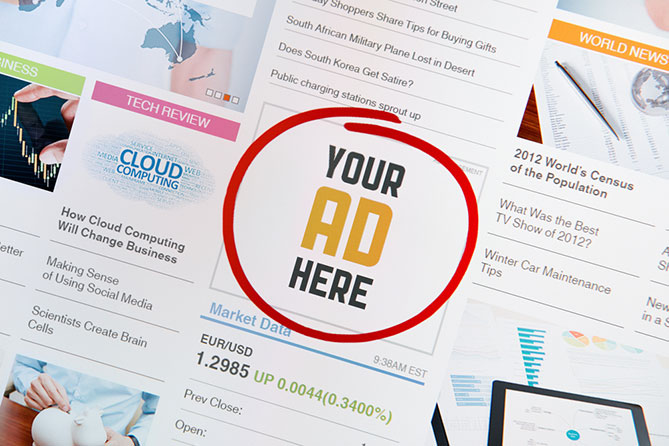Does your business website struggle with a high bounce rate? Believe it or not, a high bounce rate isn’t necessarily a reason to put on sackcloth and ashes, and may actually be indicative of a good thing.
Bounce Rates Defined
First of all, let’s make it clear that we’re talking about “bounce rate” as it applies to websites, not email. An email bounce rate has to do with emails that get “bounced” back by a mail recipient’s server, for whatever reason – maybe it’s being unfairly flagged as spam, maybe it’s presented in the wrong format. But that’s a whole different animal. The bounce rates we’re focusing on have to do with the percentage of visitors to your site that check out one page, then leave without doing anything. The lower the bounce percentage number, the better.

Not all bouncing is bad…
So, for instance, if someone finds your website via search engine result, clicks on it, ends up on your site’s landing page, then shrugs and goes “meh” and leaves, that’s a bounce (it should be pointed out that the “meh” is optional). Obviously, you want more visitors to go further into your site and convert those clicks into sales. So, you want a low bounce rate, right?
Not necessarily, as you will see later on.
Bounce Rate Game-Changers
There are two ways you can incorporate some online advertisement in order to send visitors to a high-converting landing page that gets results. In this way, visitors are not spending useless time on your site and giving you an unrealistically inflated bounce rate.
The two tools in question are display ads and Adwords.
Ad placement photo from Shutterstock.
The Beauty of Display Ads
Put simply, display ads incorporate text, images, logos, videos, and even maps in order to convey an advertising message for the purpose of making a sale. All of the banner ads you see online are defined as display ads, but not all display ads are banners. Got that? Display ads can appear next to web page content, or in emails or IM applications, to name a few.
Done effectively, a display ad provides a pleasing visual experience for the visitor, and provides a link to a landing page that follows up the ad with a persuasive message resulting in a conversion. The redirect can send the visitor to that one relevant page they need in order to conduct the transaction, thereby reducing the recorded bounce rate.
The problem is, banner ads are so plentiful that a lot of readers have this instinctive hatred for them. Tell someone you’re planning to place some display ads on your site, and you may get a shrug and a polite question as to what a display ad is. Tell that same person you plan on incorporating a few banner ads, and you most likely better get ready to duck!
Next Up: Adwords
Google offers Adwords to help expedite e-commerce. It all boils down to people conducting a search on Google, seeing the advertisement, and visiting the effective landing page on your website. With Adwords, you design your own ad, fine-tune it in terms of when it appears and what geographical locations it’s targeted towards, and what keywords you want to employ. Adwords is a pay per click (PPC) system where you only pay Google when someone clicks on the ad. The size of the business isn’t an issue, as Adwords has pricing plans for all sorts of budgets.
Furthermore, with Adwords, you get analytics information that lets you know the effectiveness of your ads. You can see what’s working, and what needs to be fine-tuned. (The more complicated your campaigns, the more intricate the data – and the harder it will be to manage it. For more info on big data, check out “How to Unlock Big Data’s Big Potential.”)
In either case, whether by Adwords or display ads, the point is to guide the casual visitor to the correct page with as few clicks as possible (excessive clicking contributes to higher bounce rates), and present them with a compelling page in order to get that much-wanted sale.
High Bounce Rates Aren’t Always So Bad
It needs to be pointed out that although a high bounce rate can look like bad news to you (after all, it’s saying that people are just stopping by and not being converted into customers!), there is some good you can take from it. It comes down to matter of perspective.
With a high bounce rate, it shows that people are visiting your site, so at least the first hurdle, getting people to the website in the first place, has been cleared. Armed with that information, it’s simply a matter of taking things to the next level by employing some of the above-mentioned tools to turn those bouncers into buyers.
Byline: John Terra has been a freelance writer since 1985. He gladly accepts cash, checks, PayPal, direct deposit, and more major credit cards. He writes about everything from running 5K’s to business accounting software.
Photo Credit: Aldo Risolvo and Shutterstock







Leave A Comment